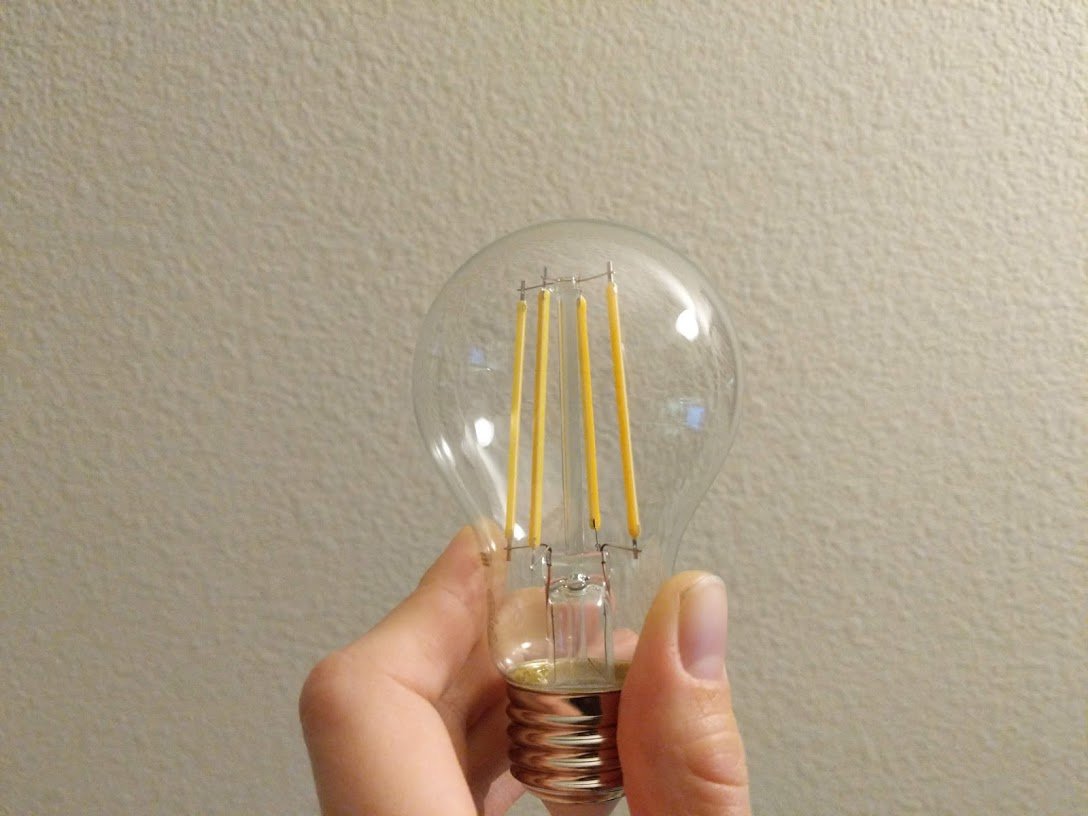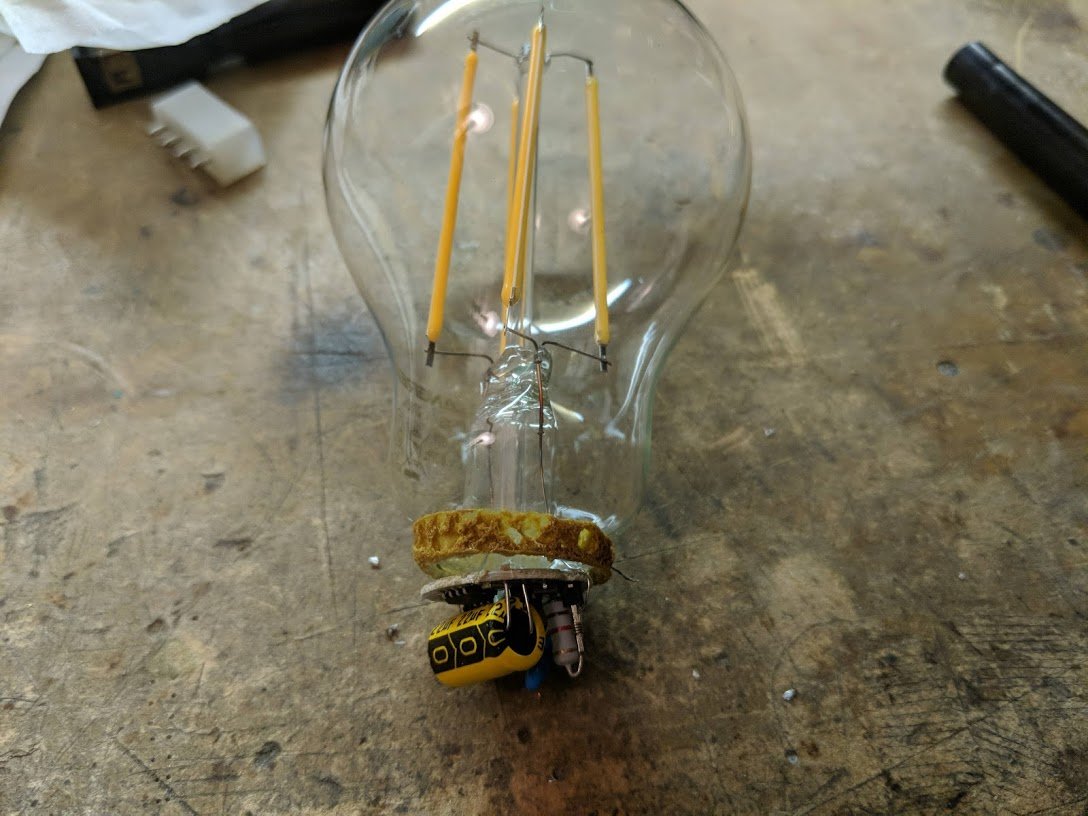
here's an unusual vacuum tube! it almost looks like the truncated neck of a CRT, but there are some important differences... 🧵 

for one thing, it's a bit larger, and the "electron gun" seems to be quite heavy duty. there's also a metal cylinder right in front of it. what's going on? 

it's not an electron gun -- this tube uses a penning source with a heated cathode to generate ions instead of electrons. 

and what about the target there at the front of the tube? it's made of a type of metal hydride, but instead of normal hydrogen, the chemical compound involves deuterium or tritium, which are hydrogen isotopes! this is starting to sound very strange... 

it turns out this tube is a neutron generator! that's right, you apply about half a million volts to the anode cap and neutrons come out of it!
but what on earth would you need neutrons for, you might ask?
here's a fun gallery of neutron images to look through. phoenixwi.com/neutron-radiog…
but that's not all, they're used for mineral and oil exploration and for making radioactive isotopes for cancer treatments.
oh yeah and i almost forgot, they're used in thermonuclear weapons, like this bad boy here, the Mk 28 H bomb which had a yield up to 1.45 megatons. 

basically you have a hollow sphere of plutonium surrounded by high explosives that detonate so that the plutonium implodes perfectly. the inside is filled with a "booster" gas of tritium and deuterium, which fuse into helium-3 and release neutrons.
the neutron generator tube acts as an initiator and is the final "spark plug" that fires in a bunch of neutrons and detonates the thing.
of course, the exact time delays between releasing the booster gas into the plutonium shell, setting off the explosives to crush the shell, and sending high voltage into the neutron generator tube are closely guarded secrets.
if it's not right, you'll get a small explosion (from the conventional explosives) but no nuclear detonation. that'll still make a huge mess, scattering bits of plutonium and uranium all over the place.
and that's actually happened a few times, but fortunately the resulting messes were (mostly) cleaned up.
anyway, the tube from the photos is most definitely NOT the kind used in the Mk 28, which used a MC-890A, but good luck finding data on that particular device!
no, this tube is the UNG-1. you can find a few more pictures and some information here: lampes-et-tubes.info/sp/sp179.php?l…
and if you're interested in reading more about thermonuclear weapons and that sort of thing, i heartily recommend Command and Control (google.com/books/edition/…)
you'll find quite a few more technical details in the book, Atomic Accidents (google.com/books/edition/…). the author is a legit nuclear scientist and explains all the crucial concepts with great relish. read this book!
also, there's been some innovation in the intervening 50 years. the fine folks at Sandia developed a flat neutron generator called the "Neutristor" (get it? it's like Nuvistor but for neutrons!) 

they've even got a cute little diagram. the filament is the center pin, the cathode is made by the two outer connections, and the anode/target is the big chunky piece on the left. 

check out their video about it:
• • •
Missing some Tweet in this thread? You can try to
force a refresh


















